A painfully obvious ship assumption
The generalization that larger ships impact the environment more than smaller ships seems like such a no-brainer that if someone said it to you, you’d be easily forgiven for thinking you were being tricked.
Well, you’re not.
Larger ships do tend to impact the environment more than smaller ships, especially passenger-packed cruise ships – though obviously there are many exceptions, which we’ll address later.
Here a few ways larger cruise ships (thousands of passengers) impact the environment more than smaller ones (100 – 200 passengers), followed by a few ways they don’t.
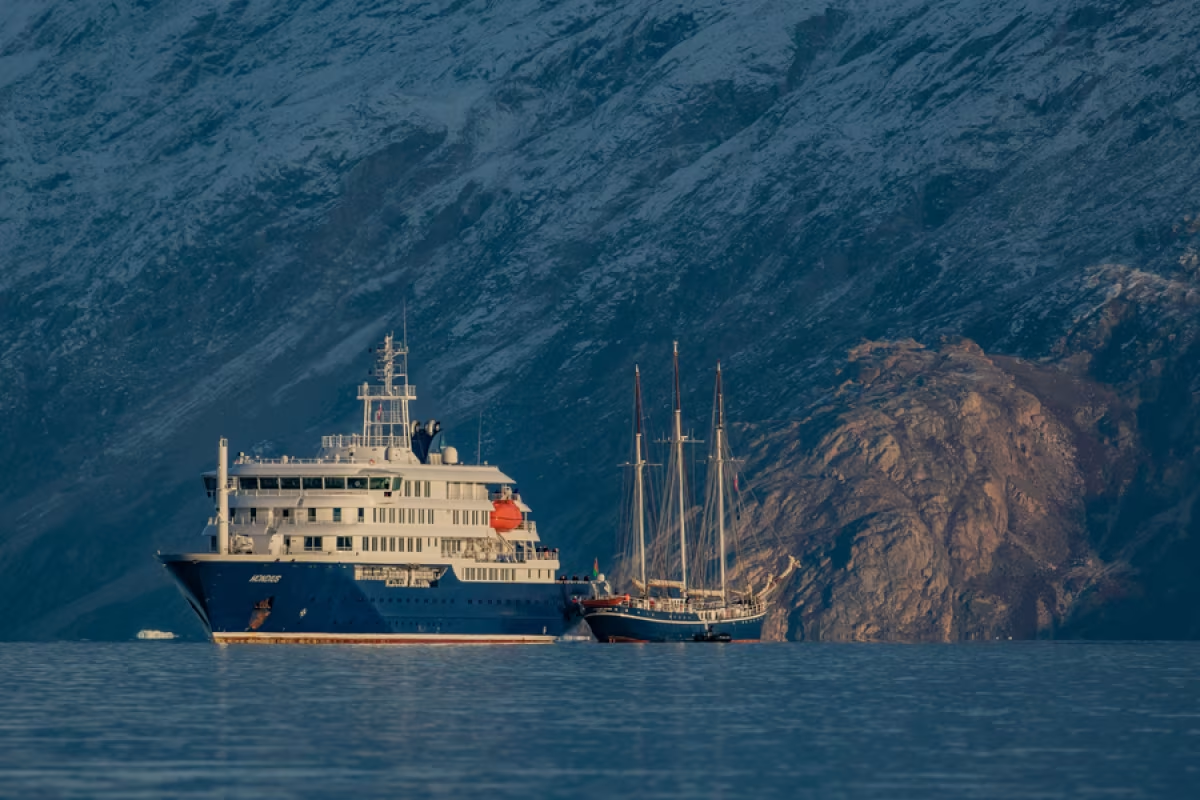
Fewer passengers per cruise ship
The largest of our ships, m/v Hondius, carries 174 passengers. The smallest, s/v Rembrandt van Rijn, carries only 33.
Compare that to traditional cruise ships, the largest of which carry well over 5,000 passengers, not including entertainment staff and crew.
You don’t have to be a mathematician to see that such a large passenger load will by necessity generate far more environmental impact than several smaller ships ever could, assuming they are of equivalent technological sustainability.
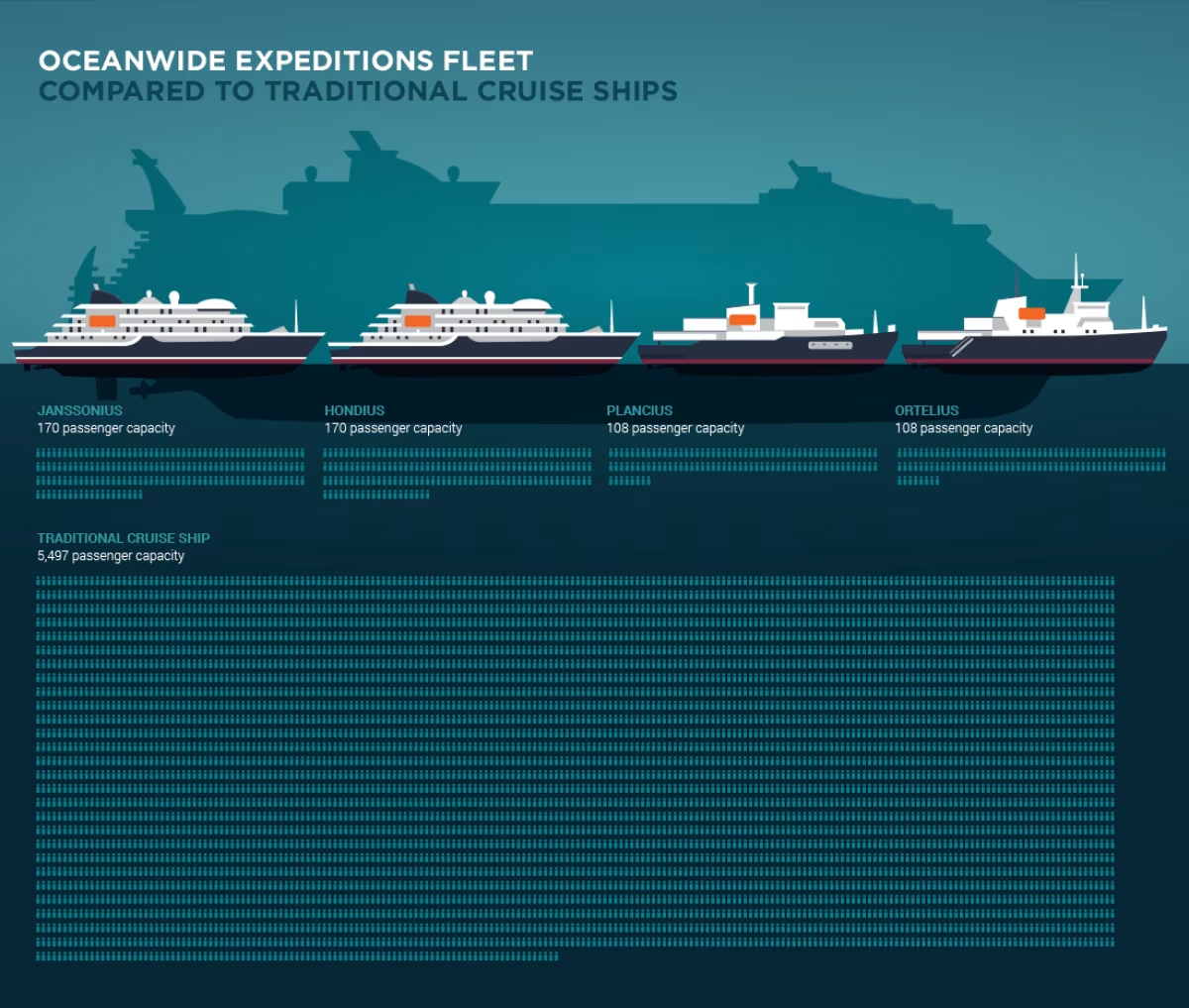
Cruise ship fuel consumption
You also don’t have to be an engineer to see that hauling thousands of people requires more fuel than carrying fewer than two hundred. Some estimates put the larger cruise ships at up to 250 tons of fuel burned per day (roughly 80,000 gallons).
Meanwhile, our schooner Rembrandt van Rijn can sometimes sail by wind power during parts of its voyages, if the weather cooperates.
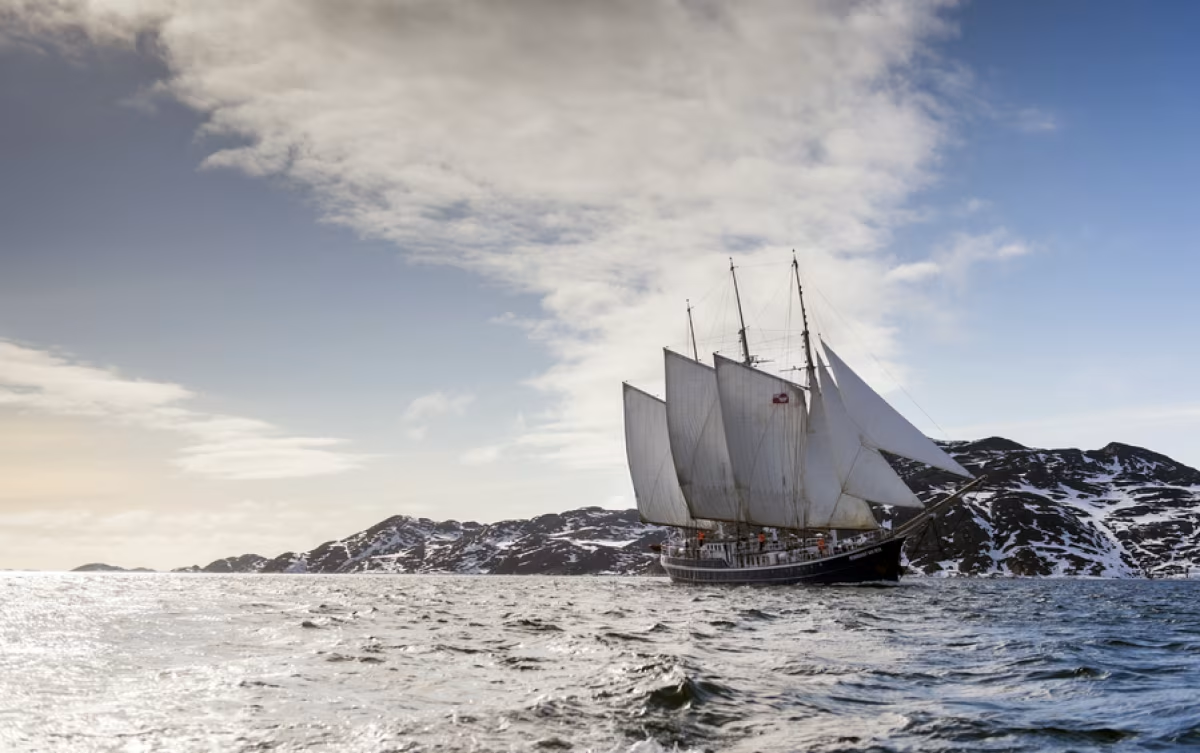
Assisting with climate science on cruise ships
Lastly, one of the side benefits of polar expedition cruise ships is that they’re often refurbished research vessels. This means they can easily be used again for such purposes in a limited way, such as when scientists need to do small-scale polar work.
We often have researchers on board who are experts in such fields as glaciology, meteorology, and other climate-related sciences. Indeed, our guides often have backgrounds in these fields.
Two of the specific projects we have assisted with recently include the placement of Argo weather profilers and the study of invasive species.

We’re also devoted participants of waste removal efforts like Clean Up Svalbard and the Clean Seas campaign. And we are proud, active, longtime members of both AECO and IAATO, with many of our principal colleagues serving in chief positions within these organizations.
So if you’re considering either an Arctic or Antarctica cruise, thinking small can (in most cases) help us keep the polar regions closer to how they were before we ever set foot in them.
Why cruise ships aren’t always better when smaller
This is as much a no-brainer as our main premise, because clearly there are multiple reasons smaller ships are better for the environment.
Indeed, carbon emissions per passenger usually drop with larger cruise ships compared to smaller ones. But much of our impact in the polar regions comes from our landing groups, and in this regard larger cruise ships (thousands of passengers) are not really applicable, since they wouldn’t be able to make landings there anyway.
This is because there is a rule of AECO and IAATO that states there can be no more than 100 guests on shore at any one time, regardless of whether your ship holds 100 or 500 – the current limit that a ship can be classified as an expedition cruise vessel.
So clearly, it’s not so black and white as simply “small vs. large.”
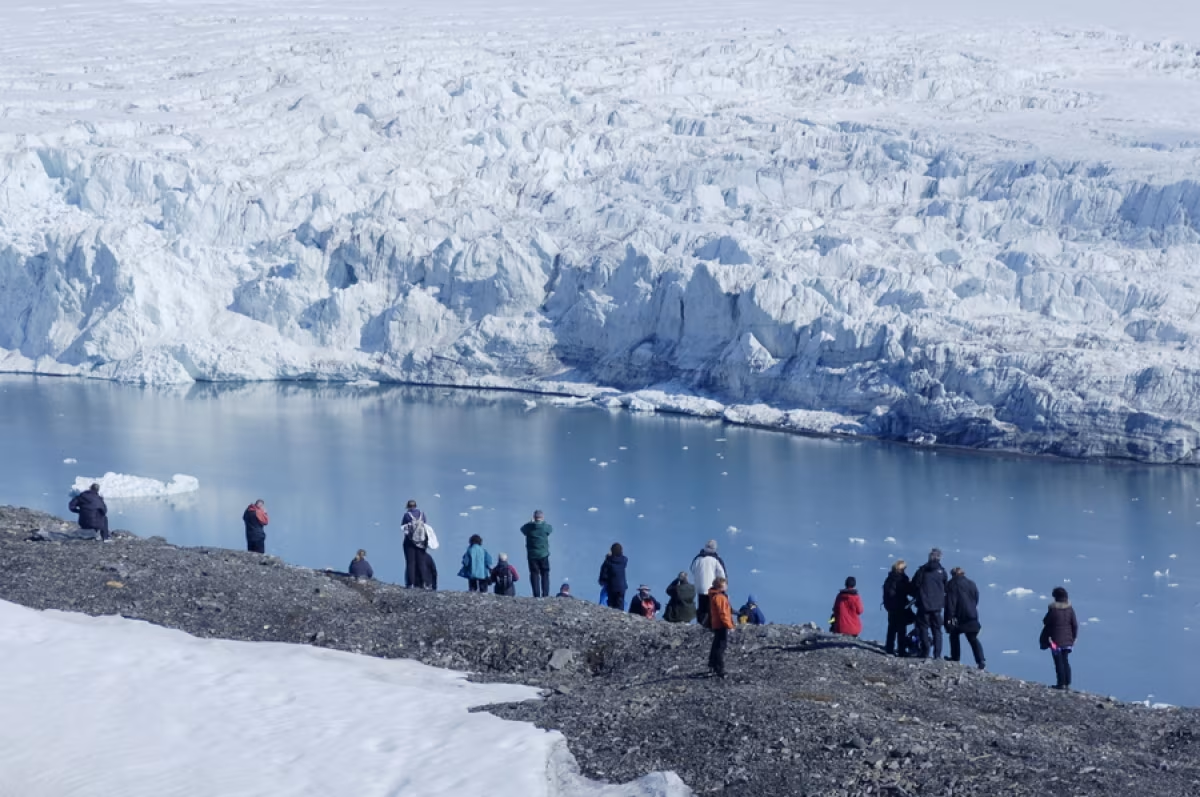
Sure, we come out favorably if we compare our ships with those that hold 5,000 people or more. But if you take 5,000 people to Antarctica or the Arctic on one of our ships and compare the impact in CO2 emissions and landings, it’s likely we would have the greater impact.
The issue, then, becomes more about sustainable technology and the reduction of non-degradable waste than ship size, which is why we’re currently in the process of reducing single-use plastics on our ships, among other sustainability efforts.
However you measure it, impact is a complex and systemic issue that requires equally systemic and complex solutions.
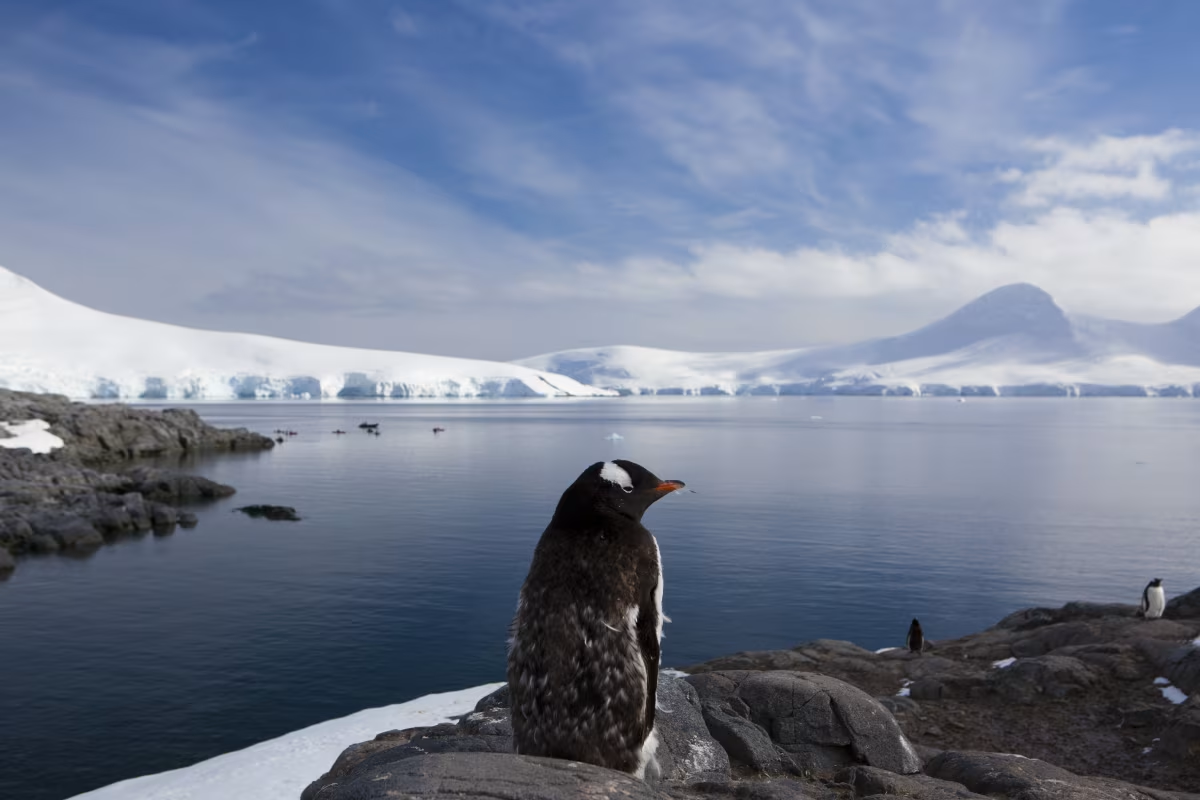
Image by Richard Wadey






